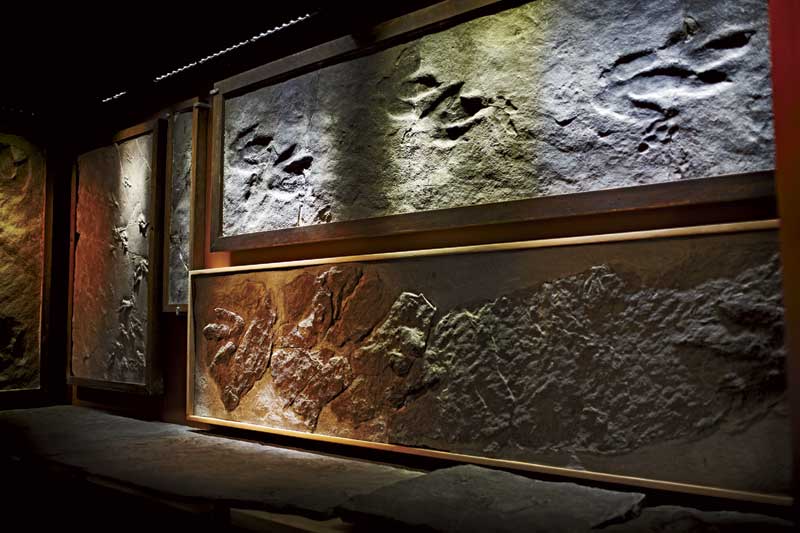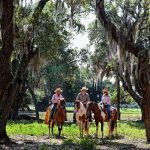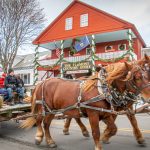Dinosaur Tracks Collection | Local Treasure
When young Pliny Moody dug an odd-looking rock out of his family’s field in 1802, he wasn’t sure what to make of it at first. It was pockmarked with three-toed impressions that looked like the scratchings of some ancient bird. The most likely answer, he reasoned, was that they must be the footprints of “Noah’s […]

Coffee By Design | Portland, Maine
Photo Credit : Katherine Keenan
Photo Credit : Kozowyk, Jonathan
Such discoveries were not uncommon in the fields around Moody’s farm in South Hadley, Massachusetts. Every spring, farmers would harvest the fresh crop of rocks left by frost heaving, and every so often they’d find one marked with the unmistakable imprint of an animal track. The first person to take this local curiosity seriously was Edward Hitchcock, a science professor who arrived at Amherst College in 1825. He devoted his career to searching for the origin of these strange markings and, in the process, established the discipline of ichnology, the study of prehistoric prints. He’s remembered as one of the earliest paleontologists–so early, in fact, that his first paper on the prints was published in 1836, six years before the term dinosaur was even invented. He claimed that the tracks were made by giant prehistoric birds, which modern paleontology tells us isn’t far from the truth.
Hitchcock’s fossil prints are still on display at the Amherst College Museum of Natural History. It’s the largest collection of its kind in the world, which is surprising, given that almost all the tracks were found in the Connecticut River Valley. The region is rich in Jurassic artifacts, but people rarely think of dinosaurs when they think of Western Massachusetts, likely because no large skeletons have ever been found there. “The conditions that make for the good preservation of fossil tracks are exactly the conditions that you don’t want for preserving fossil bones,” explains Kate Wellspring, the museum’s collections manager. Essentially, you get either the footprint or the foot, but rarely both.
In the museum’s basement, Hitchcock’s tracks hang from the walls of a dimly lit room; it feels more like an art gallery than a natural-history exhibit. The fossilized footprints are oddly affecting, each one a stone portrait of a moment that took place millions of years ago. Wellspring is particularly drawn to one slab that’s littered with the soft, round impressions of raindrops. “It’s a day!” she exclaims. “It’s the weather of some period of time during a day, captured like a picture forever.”
Amherst College Museum of Natural History, 11 Barrett Hill Road, Amherst, MA. 413-542-2165; amherst.edu/museums







